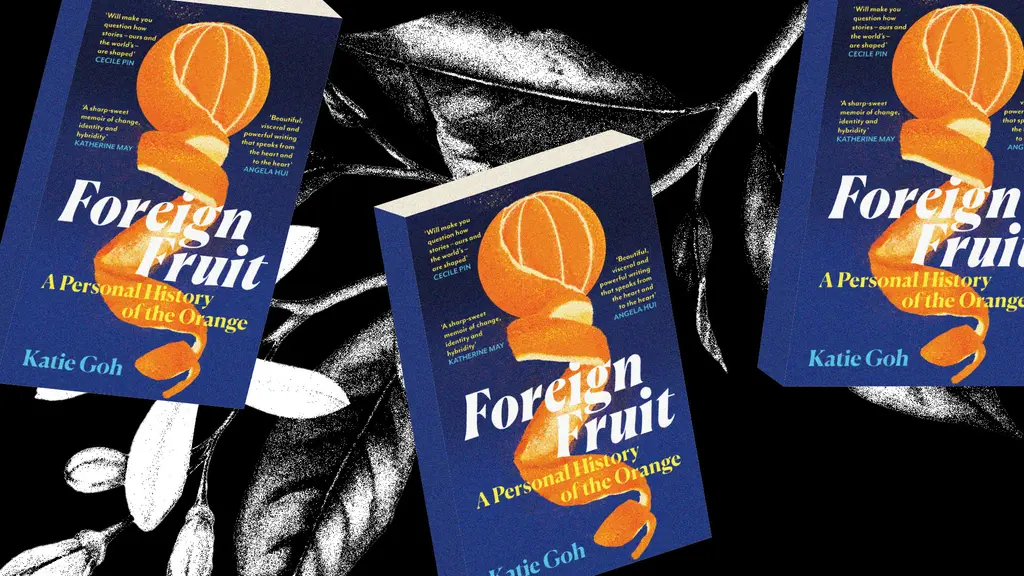On the Road with the Free Photographic Omnibus around 1970s Britain
- Text by Miss Rosen
- Photography by Daniel Meadows

In spring of 1970, Daniel Meadows saw the Bill Brandt exhibition at the Hayward Gallery in London. The photography show proved a powerful turning point in the British teen’s life.
“I was eighteen and I’d been locked away in boarding schools for ten years. I hadn’t thrived. All I’d learnt was that the price of a ‘privileged’ education was measured in competitiveness, cruelty and muscular Christianity,” Meadows says. “Brandt’s photographs showed me that there was another world; and it was one I wanted to be in.”
Drawing inspiration from Irving Penn’s ‘Worlds in a Small Room’, Meadows opened his first pop-up studio in Manchester’s Moss Side during the spring of 1972, where he honed his practice making portraits and recording people’s stories.


Recognising the photography studio was not an inherently static place, Meadows put the project on wheels, using the camera as a compass to guide him into other worlds. He purchased a red low bridge decker bus for £360 (£3,800 today) and dubbed it the “Free Photographic Omnibus” as a nod to the Latin term “for all the people”.
On September 22, 1973, Meadows set off from York on a 10,000-mile journey across England over 14 months, photographing 958 people and providing each with a free print.
“In the evening, after the day’s portrait session was over, I’d start up the generator, go into my darkroom aboard the bus and make the prints. This often meant that I didn’t get to bed until after midnight,” he remembers. “Next day, people would return to collect their photographs and that would provide me with an opportunity for yet more conversation.”

Meadows recorded conversations with the people he met, keeping a journal of his experiences. When the series was complete, he exhibited and published Living Like This in 1975. Now he returns to where it all began with the recent publication of Book of the Road (Bluecoat Press), bringing together the portraits, photo reportage, interviews, and travel notes for the first time.
“By engineering a stream of random encounters with strangers I discovered just how many interesting conversations there were to be had,” Meadows says. “Originally I made audio recordings so that I could be sure of accurate caption information. But they soon turned into more than that. When the digital age arrived, I discovered that — by using nonlinear video editing — I could realise the ambition of years and combine the sounds with the photographs. Suddenly I was making multimedia sonnets, from the people.”
In one passage, Meadows includes a conversation with “Angry Man” whose main business is proper admonishment. “I don’t want my photograph thank you but keep these children off the car park it’s dangerous,” Angry Man harrumphs at the end of the conversation.
But more often then not, people were keen to collaborate. Meadows kept it short and sweet: “I used to tell people two things: ‘I’m gonna put you in the history books’; and ‘I’m only going to take one picture, so let’s make it a good one’.”
Daniel Meadows’ Book of the Road is out now published by Bluecoat Press.
Enjoyed this article? Like Huck on Facebook or follow us on Twitter.
Support stories like this by becoming a member of Club Huck.
You might like

Largest-Ever Display of UK AIDS Memorial Quilt Opens at Tate Modern
Grief Made Visible — Comprising hundreds of panels made by lovers, friends and chosen family, the UK AIDS Memorial Quilt returns in full for the first time since 1994 – a testament to grief, friendship and the ongoing fight against HIV stigma.
Written by: Ella Glossop

In Medellín’s alleys and side streets, football’s founding spirit shines
Street Spirit — Granted two weeks of unfettered access, photographer Tom Ringsby captures the warmth and DIY essence of the Colombian city’s grassroots street football scene.
Written by: Isaac Muk

Remembering New York’s ’90s gay scene via its vibrant nightclub flyers
Getting In — After coming out in his 20s, David Kennerley became a fixture on the city’s queer scene, while pocketing invites that he picked up along the way. His latest book dives into his rich archive.
Written by: Miss Rosen

On Alexander Skarsgård’s trousers, The Rehearsal, and the importance of weirdos
Freaks and Finances — In the May edition of our monthly culture newsletter, columnist Emma Garland reflects on the Swedish actor’s Cannes look, Nathan Fielder’s wild ambition, and Jafaican.
Written by: Emma Garland

Katie Goh: “I want people to engage with the politics of oranges”
Foreign Fruit — In her new book, the Edinburgh-based writer traces her personal history through the citrus fruit’s global spread, from a village in China to Californian groves. Angela Hui caught up with her to find out more.
Written by: Angela Hui

We are all Mia Khalifa
How humour, therapy and community help Huck's latest cover star control her narrative.
Written by: Alya Mooro








